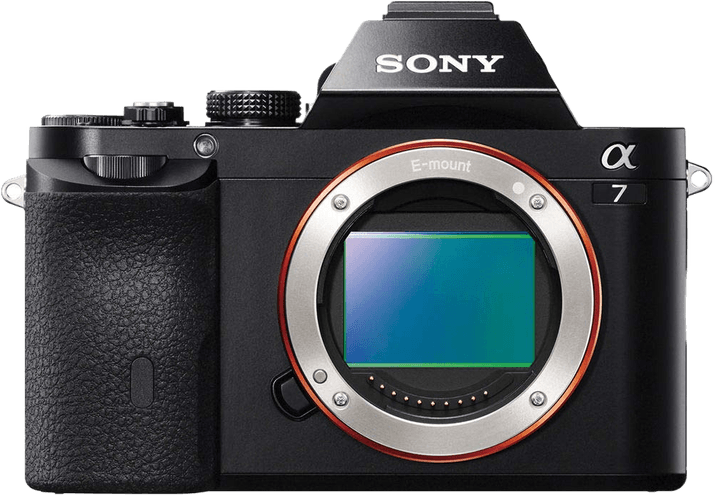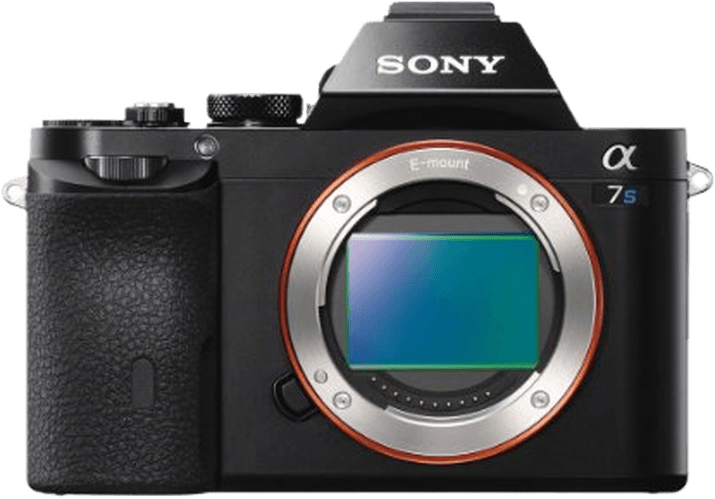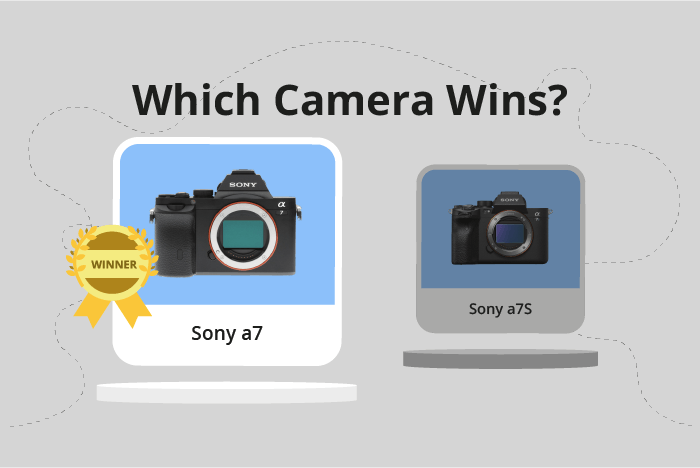Sony a7 vs a7S Comparison
Sony a7

Sony a7S

The Sony a7 outperforms the Sony a7S with a score of 63/100 compared to 55/100. Both cameras are mirrorless and share the same dimensions of 127 x 94 x 48mm. They were released within a year of each other, with the a7 in 2013 and the a7S in 2014.
The Sony a7 has the advantage of a lower launch price at $1700, as opposed to the a7S’s $2499. Additionally, the a7 is lighter, weighing 474g, while the a7S weighs 489g. These factors contribute to the a7’s higher score.
On the other hand, the Sony a7S, despite its lower score, may offer some unique features not found in the a7. However, based on the general specifications provided, the Sony a7 seems to be the better choice due to its lower price and lighter weight.
Sony a7 vs a7S Overview and Optics
The Sony a7 wins in the optics comparison with a score of 70/100, while the Sony a7S scores 60/100. Both cameras share several specifications. They have the same shooting speed of 5 frames per second, sensor type (CMOS), processor (Bionz X), sensor size (full frame), lens mount (Sony E for a7 and Sony FE for a7S), and lack of image stabilization.
The Sony a7 outperforms the a7S in some areas. It has a higher megapixel count of 24 compared to the a7S’s 12.2, enabling the a7 to capture more detailed images. The a7’s sensor also has a higher DXOMARK score of 90, compared to the a7S’s 87. This difference suggests that the a7 has better overall image quality.
In contrast, the Sony a7S has a lower megapixel count, which can be beneficial in certain situations. Lower megapixels can result in better low-light performance and less noise in images. This advantage makes the a7S a more suitable choice for photographers who frequently shoot in low light conditions or prioritize noise reduction.
To conclude, the Sony a7 is the winner in this optics comparison due to its higher score, which reflects its superior image quality and detail capturing capabilities. The Sony a7S, however, may be more suitable for those who prioritize low-light performance and noise reduction. Ultimately, the choice between these two cameras will depend on the specific needs and preferences of the photographer.
Sony a7 vs a7S Video Performance
The Sony a7 and Sony a7S both have a video score of 56/100, indicating no clear winner in this category. These cameras share several video specifications, including Full HD max video resolution, max video dimensions of 1920 x 1080, and a max video frame rate of 60fps. Additionally, neither camera has built-in time-lapse functionality.
Despite their identical scores, the Sony a7S does have some advantages over the Sony a7 in video capabilities. The a7S is known for its excellent low-light performance, making it ideal for shooting videos in darker environments or at night. This feature is not as prominent in the Sony a7, which may struggle in low-light situations.
On the other hand, the Sony a7 also has its strengths. This camera offers a higher megapixel count, which can result in more detailed still images. However, this advantage does not directly impact the video capabilities of the camera, as both cameras share the same video specifications.
Taking these factors into account, the Sony a7S is better suited for videographers who often shoot in low-light conditions, while the Sony a7 may be more appealing to those who prioritize higher resolution still images. Ultimately, the choice between these two cameras will depend on the specific needs and preferences of the user. Both cameras offer solid video capabilities, but neither outshines the other in this category.
Sony a7 vs a7S Features and Benefits
The Sony a7 wins in terms of features with a score of 57/100, while the Sony a7S scores slightly lower at 54/100. Both cameras share some common specifications, such as 3-inch screen size, no touchscreen, flip screen, no GPS, WIFI, and no Bluetooth.
The Sony a7 outperforms the a7S primarily in screen resolution. The a7 boasts a higher resolution of 1,230,000 dots, which offers a clearer and more detailed display compared to the a7S’s 921,000 dots. This difference in screen resolution allows for better image review and menu navigation on the a7.
On the other hand, the Sony a7S does not have any significant advantages over the a7 in terms of features. Both cameras share the same set of specifications, apart from the screen resolution where the a7 is superior. Therefore, the a7S does not provide any additional benefits in this aspect.
To conclude, the Sony a7 is the better choice when considering features, mainly due to its higher screen resolution. This advantage enhances the user experience, allowing for improved image review and smoother menu navigation. The Sony a7S, while having similar specifications, does not offer any noteworthy benefits over the a7 in this category.
Sony a7 vs a7S Storage and Battery
The Sony a7 and Sony a7S both score 21/100 in storage and battery, indicating no clear winner in this category. They share several specifications, including having one memory card slot, accepting SD/SDHC/SDXC and Memory Stick Pro Duo/Pro-HG Duo cards, using the NP-FW50 battery type, and lacking USB charging capabilities.
Despite the tied scores, the Sony a7S has a slight advantage with a battery life of 380 shots, compared to the Sony a7’s 340 shots. This means the a7S can capture more images before requiring a battery change or recharge.
However, the Sony a7 does not have any specific advantages in storage and battery over the a7S. Both cameras have the same limitations and capabilities in this aspect.
Considering these points, the Sony a7S is slightly better in terms of battery life, while the Sony a7 offers no specific advantages. Potential buyers should weigh the importance of the longer battery life in the a7S against other factors when choosing between these cameras.
Alternatives to the Sony a7 and a7S
Are you still undecided about which camera is right for you? Have a look at these popular comparisons that feature the Sony a7 or the Sony a7S:

